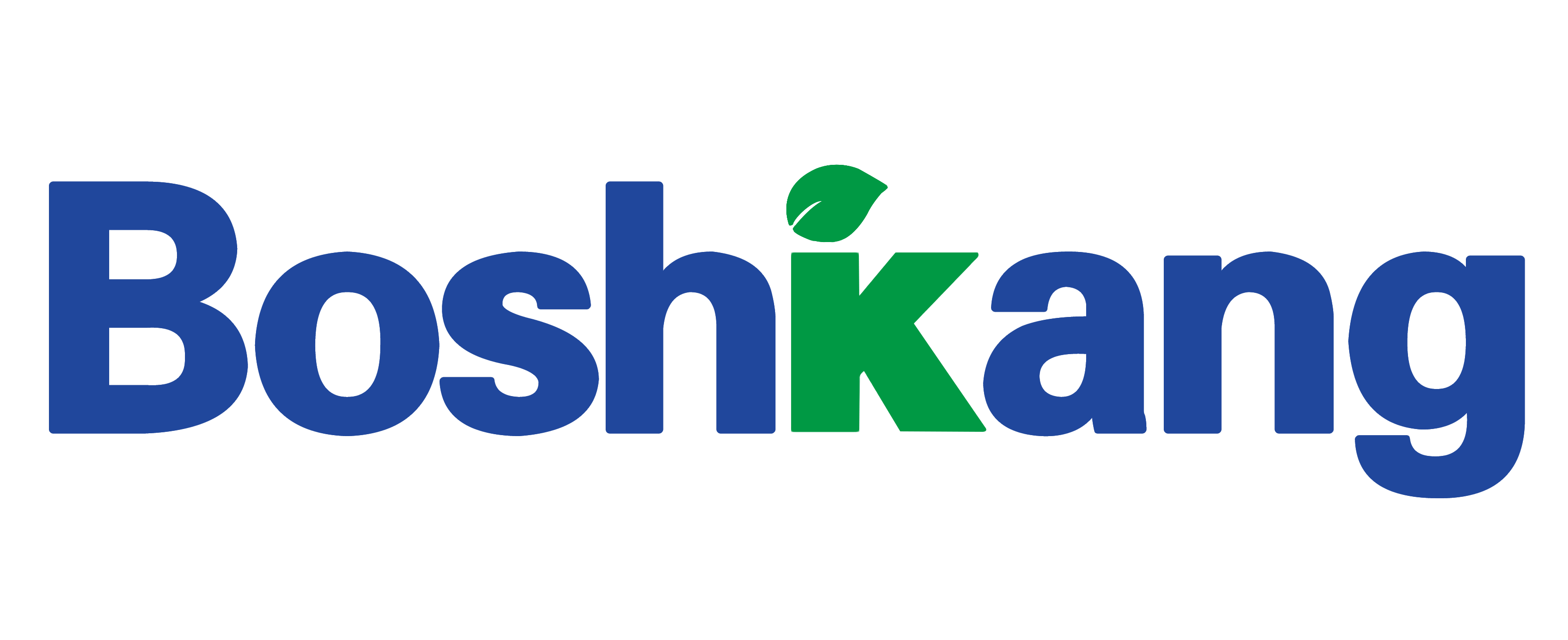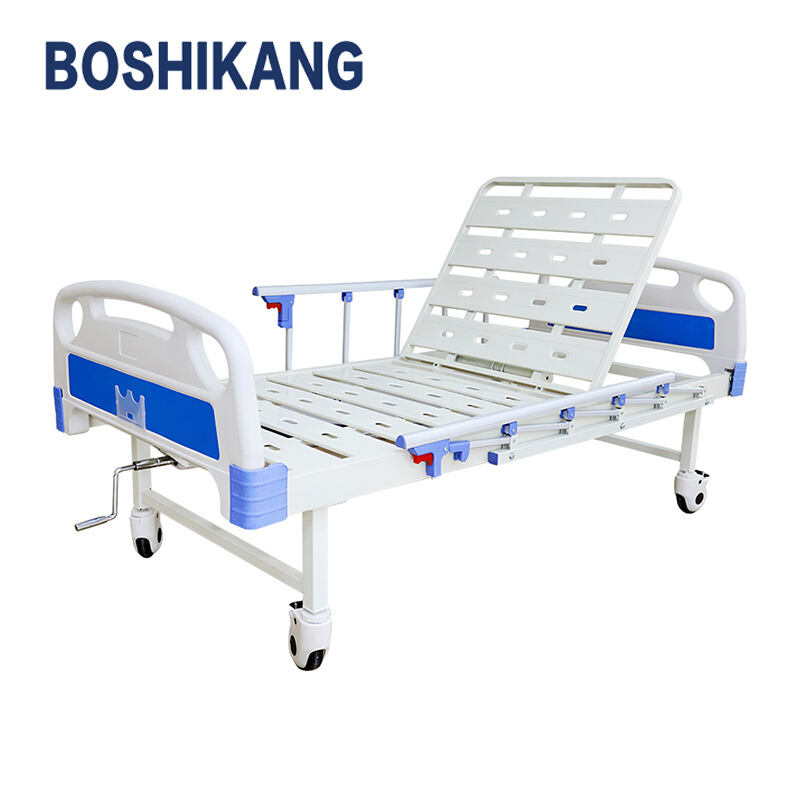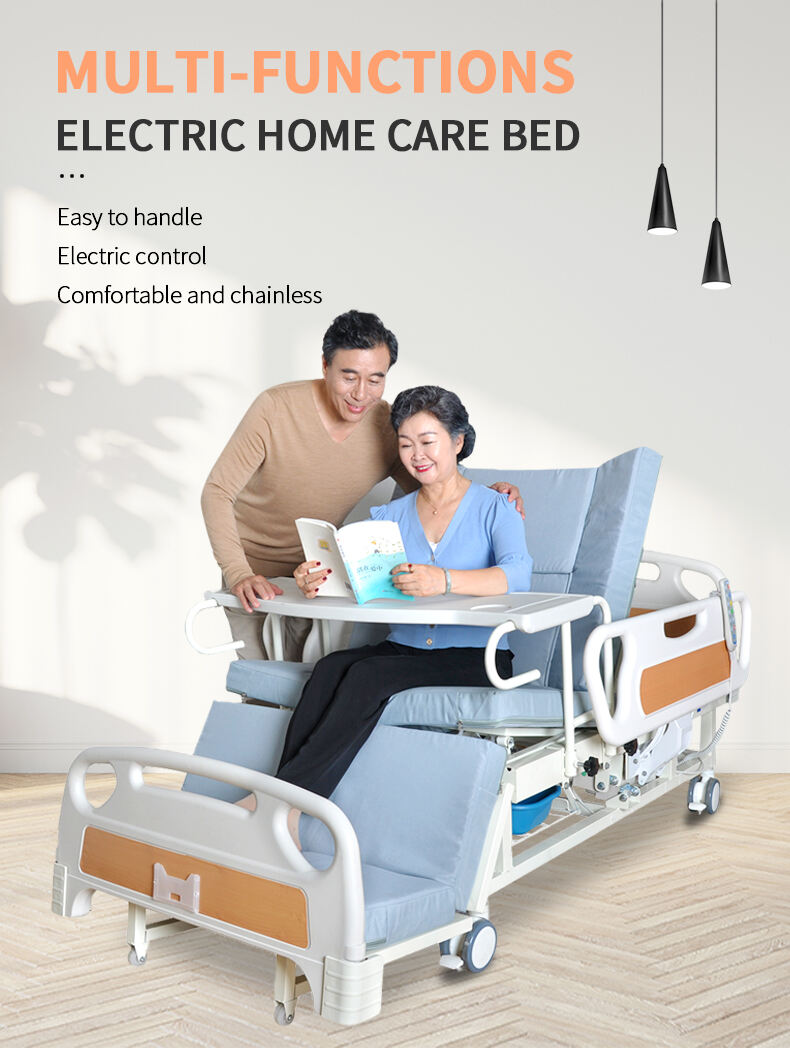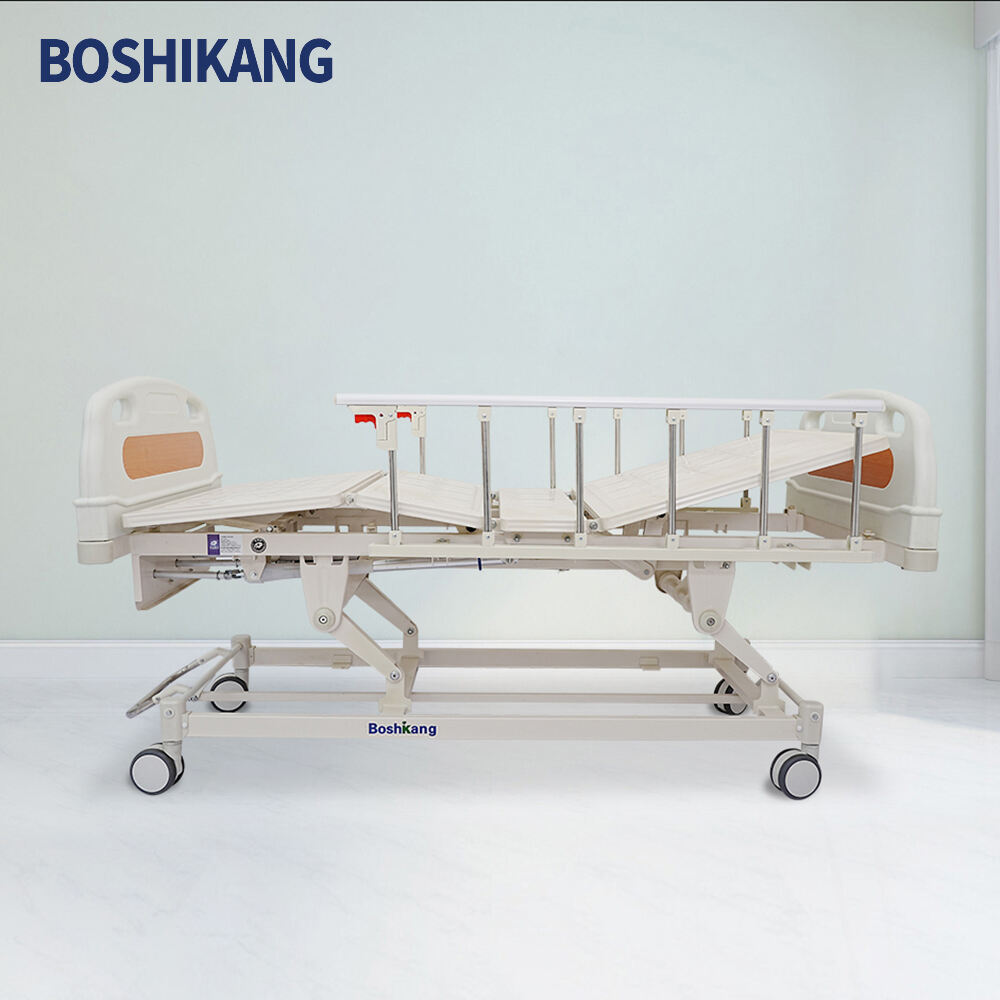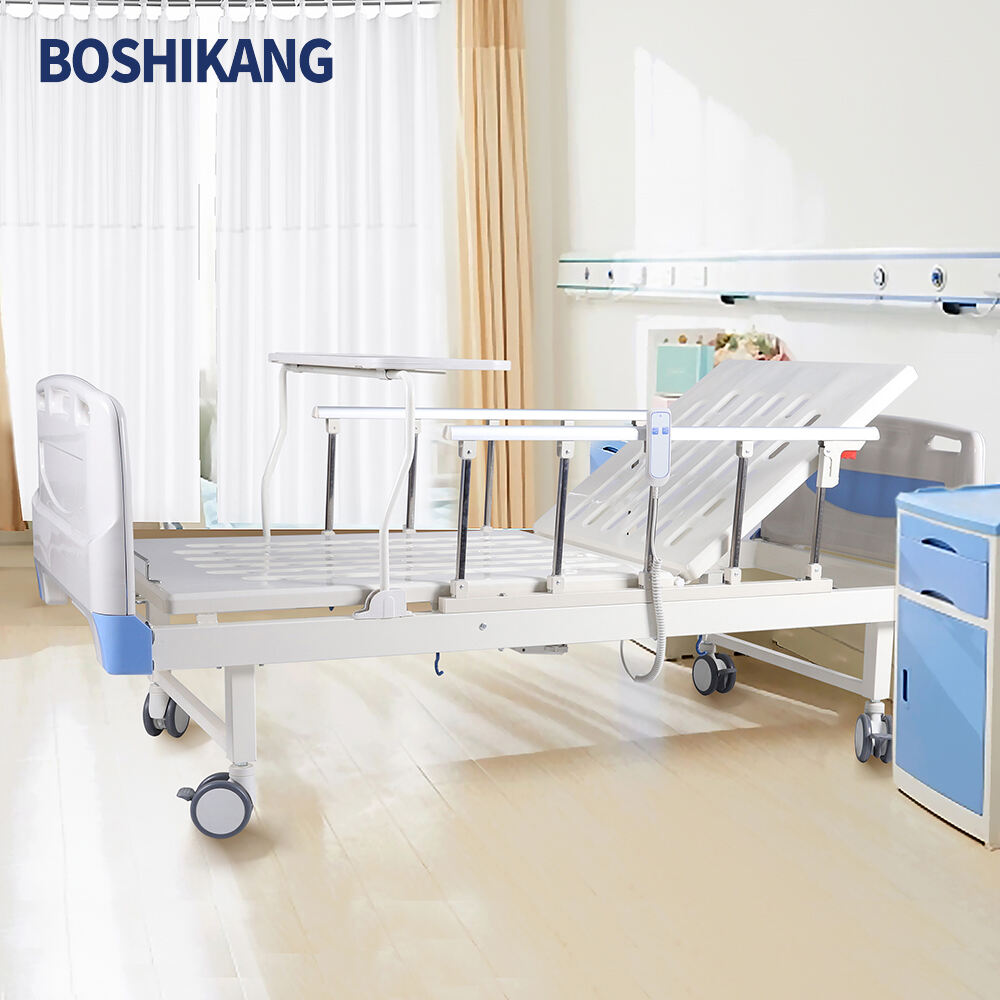hospital automatic bed price
Hospital automatic bed prices vary significantly based on their advanced features and technological capabilities. These modern medical beds typically range from $3,000 to $12,000, reflecting their sophisticated engineering and multifunctional design. The pricing structure accounts for essential features such as electric height adjustment, Trendelenburg positioning, and integrated side rails for patient safety. Premium models often include additional functionalities like built-in scales, specialized pressure relief surfaces, and advanced patient positioning systems. The cost also factors in durability requirements, with frames constructed from high-grade materials capable of supporting various patient weights while maintaining stability. Many models feature programmable positions, allowing healthcare providers to store frequently used positions for efficient patient care. The price point often correlates with the bed's technological integration capabilities, including connection to nurse call systems and patient monitoring devices. Manufacturers typically offer warranty packages and service agreements within the pricing structure, ensuring long-term reliability and performance. These beds represent a critical investment in patient care infrastructure, with prices reflecting their role in improving patient outcomes and healthcare efficiency.
